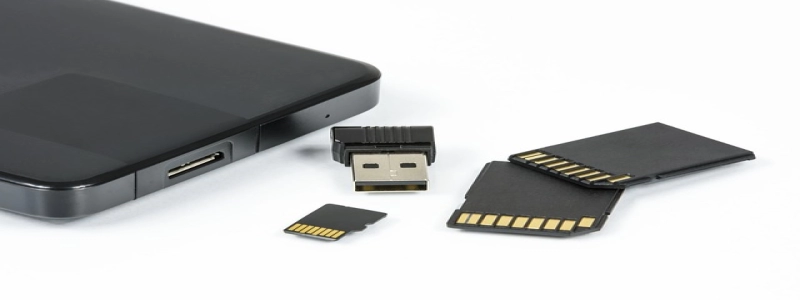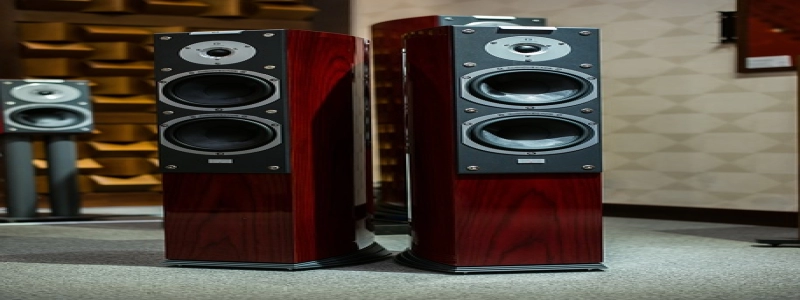Automotive Ethernet vs. CAN
مقدمة
In recent years, the use of Ethernet in automotive applications has increased significantly. This has led to a comparison between Automotive Ethernet and the traditional CAN (Controller Area Network) protocol. في هذه المقالة, we will discuss the differences between these two communication protocols and their suitability for automotive systems.
أنا. Automotive Ethernet
Automotive Ethernet is a high-speed communication protocol based on the Ethernet standard. It offers data transfer rates of up to 1 جيجابت في الثانية, which is significantly faster than CAN. Ethernet is well-known for its reliability and scalability, making it suitable for demanding automotive applications. It uses standard TCP/IP protocols, allowing for easy integration with existing IT systems. Moreover, Ethernet supports higher bandwidth requirements, such as video streaming and software updates, which are becoming increasingly common in modern vehicles.
Advantages of Automotive Ethernet:
1. High data transfer rates – Allows for faster communication between various electronic components in the vehicle.
2. Reliability – Ethernet has built-in error checking mechanisms that ensure accurate data transmission.
3. قابلية التوسع – The Ethernet infrastructure can be easily expanded to accommodate additional devices as required.
4. التوافق – Ethernet follows industry-standard protocols, allowing for seamless integration with existing IT networks.
Disadvantages of Automotive Ethernet:
1. Cost – The implementation of Ethernet in automotive systems can be more expensive compared to CAN.
2. Complexity – Ethernet requires more complex hardware and software components, which may increase the overall system complexity.
3. EMI Interference – The high data transfer rates of Ethernet make it more susceptible to electromagnetic interference in automotive environments.
ثانيا. CAN (Controller Area Network)
CAN is a widely-used communication protocol in the automotive industry. It was developed specifically for automotive applications and is known for its robustness and reliability. CAN operates at lower data transfer rates ranging from 125 kbps to 1 Mbps. It is a simple and cost-effective solution for connecting different electronic modules in a vehicle. CAN is commonly used for transmitting real-time signals and control messages in automotive systems.
Advantages of CAN:
1. Cost-effective – CAN protocol is relatively inexpensive to implement compared to Automotive Ethernet.
2. Robustness – CAN’s error detection and fault tolerance mechanisms ensure reliable communication, even in harsh environments.
3. Simplicity – CAN is easier to implement and requires less complex hardware and software components.
Disadvantages of CAN:
1. Limited bandwidth – CAN’s lower data transfer rates may not be sufficient for certain high-bandwidth applications, such as video streaming or software updates.
2. Limited scalability – Expanding a CAN network beyond a certain number of devices can be challenging.
3. التوافق – CAN protocol does not easily integrate with existing IT networks due to its unique messaging structure.
خاتمة
Both Automotive Ethernet and CAN have their own strengths and weaknesses, making them suitable for different automotive applications. Automotive Ethernet offers high data transfer rates, scalability, and compatibility with existing IT networks. On the other hand, CAN provides a cost-effective and robust communication solution for real-time signals and control messages. The choice between these two protocols depends on the specific requirements of the automotive system and the desired level of performance.








